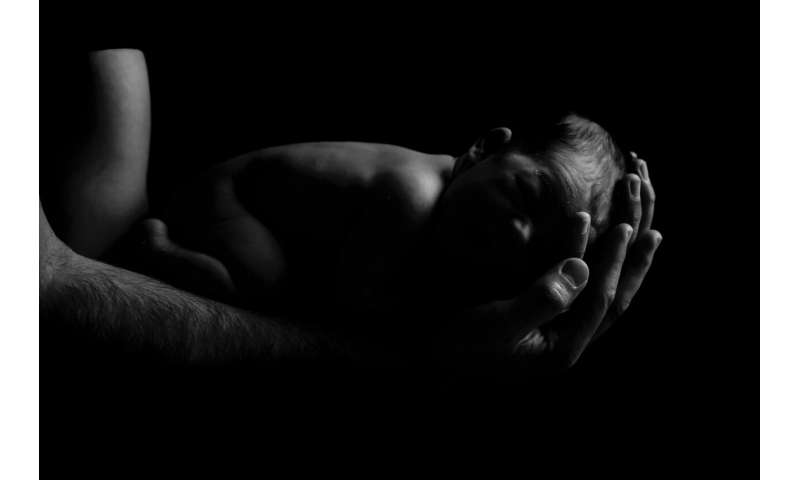
On July 29 2020, a Special Collection of articles addressing current norms and practice in childbirth and probing how childbirth can be a positive and transformative life event for women publishes in the open-access journal PLOS ONE. The seven Research Articles stem from a four-year European COST Birth Action that brought together more than 120 scientists, practitioners, activists and policymakers from 34 countries.
There are hundreds of thousands of published studies in the area of pregnancy, labor and birth every year. However, the vast majority of these are focused on pathologies and the interventions designed to prevent them. In 2014, the EU funded the COST Birth Action with the goal of advancing research in intrapartum care—the period of care that spans the onset of labor to the delivery of the placenta. ‘The Series Editor, Dr. Lucy Frith, says: ‘The intention of this Collection is to summarize and synthesize some of the research in this area and contribute to growing the evidence base in this critical, but relatively neglected, field of physiological labor and birth.’
In an accompanying Overview article, Soo Downe, Balaam, Calleja Agius and Frith describe how the Action aimed to look at childbirth from the concept of salutogenesis. In this context, childbirth is more than just a means of getting a baby out of a mother’s body, but is a space for positive transformation of mother and baby neurohormonally, psychologically, physically and emotionally. This kind of thinking can be reflected in a recent United Nations shift from a focus on survival along towards thriving and transformation for women, girls and adolescents. Most experts agree that there is an imbalance in maternity care around the world such that interventions are “too little, too late” for many marginalized, poor and rural women and babies, and “too much, too soon” for many urban and wealthier women and neonates. Some of the Action’s research focused on balancing these interventions.
The Action chair Soo Downe says: ‘The papers in this Series are a small selection of the work done (and still underway) by the team. We hope that others will also be inspired to contribute to the growing body of knowledge in this area over the decades to come.’
In one article, led by Ibone Olza of University of Alcalá, Spain, researchers examined the role of neurohormonal processes—in particular, oxytocin—in the physiological aspects of labor and birth as well as how these hormones shape the subjective psychological experience of birth. The study, which integrated the results of two previous systematic reviews, highlighted the importance of oxytocin in influencing maternal behavior and feelings in connection with birth. They also emphasized the crucial role of one-on-one support during labor and birth, and the fact that this support has a physiological influence.
In another paper, Maria Healy of Queen’s University Belfast, Northern Ireland, and colleagues reviewed current literature on how midwives facilitate the second stage of labor. The contributions of midwifery could be categorized into four main themes—birthing positions, non-pharmacological pain relief, pushing techniques, and optimizing perineal outcomes. However, the review also found a dearth of existing research on midwifes’ practice.
In a third piece, Patrick Moran, of the University of Dublin, Ireland, and colleagues studied the long-term implications of reducing caesarean section rates among first-time mothers, and of improving rates of vaginal births after caesarean section (VBAC). The researchers modeled the economic effects of changing these rates among women aged 18 to 44 years in two public health systems in Europe. They found that a five-percentage-point change in caesarean section and VBAC rates would save €1.1 million a year in Ireland and €9.8 million a year in England and Wales.
Source: Read Full Article
